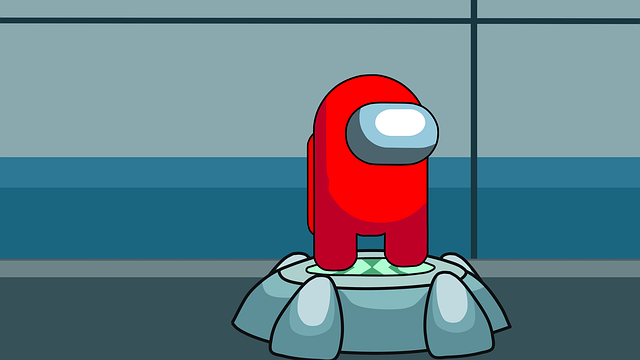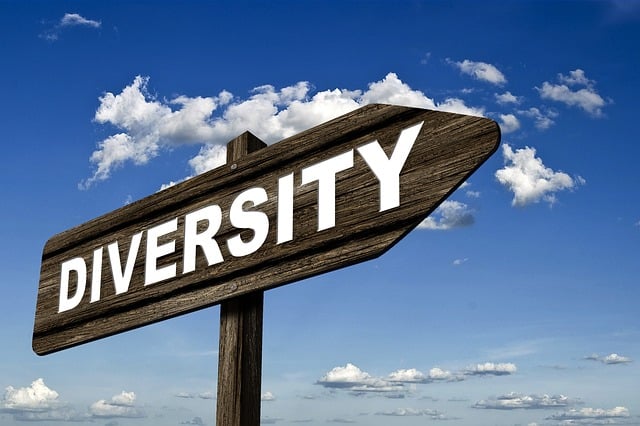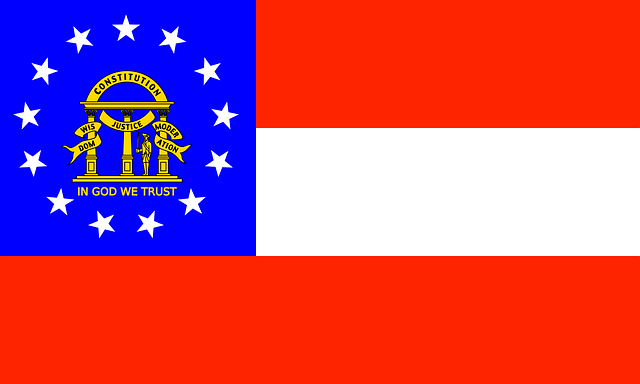Real estate is evolving in dynamic urban environments to meet modern city dwellers' needs, focusing on convenience, connectivity, and sustainability. Smart homes, eco-friendly designs, and communal living spaces are emerging trends, reflecting a shift towards seamless integration of work, life, and play. Developers and professionals incorporate high-speed internet, energy efficiency, co-working spaces, and wellness centers to cater to tech-driven, active lifestyles, enhancing urban residents' quality of life and fostering community. These changes aim to create future-proof urban environments that thrive in dense populations, with technology and sustainability playing key roles.
In today’s dynamic urban landscape, understanding and adapting to modern lifestyles is paramount for the real estate industry. This article explores how real estate professionals are designing spaces that cater to the unique needs of bustling city dwellers. From incorporating technology and sustainability to creating efficient layouts and green oases, we delve into strategies that enhance livability. Additionally, we discuss the importance of community-focused amenities, fostering a sense of belonging in high-density areas. Discover how these trends revolutionize urban living and shape the future of real estate.
Adapting Real Estate to Urban Lifestyle Trends

In today’s dynamic urban landscape, real estate must evolve to cater to the unique needs and preferences of modern city dwellers. The traditional one-size-fits-all approach is no longer sufficient as folks seek spaces that align with their active, tech-driven, and community-focused lifestyles. Real Estate professionals are therefore adapting their strategies to incorporate smart home technologies, eco-friendly designs, and communal living spaces. These changes reflect the growing demand for seamless integration of work, life, and play within urban centers.
To keep pace, real estate developers and investors are rethinking property development and management. This includes incorporating high-speed internet infrastructure, energy-efficient systems, and shared amenities like co-working spaces, wellness centers, and community gardens. By understanding and embracing these lifestyle trends, real estate can better serve the diverse needs of urban residents, fostering a sense of belonging and enhancing their overall quality of life in the city.
– Exploring the evolving needs of modern urban dwellers

Modern urban lifestyles are characterized by a constant evolution, and so too are the needs of those who call these vibrant cities home. In today’s digital era, where convenience, connectivity, and sustainability are paramount, real estate must adapt to meet these changing demands. From smart homes that integrate technology seamlessly to eco-friendly buildings designed for energy efficiency, developers and architects are embracing innovative solutions.
Urban dwellers now seek spaces that foster a sense of community, offer easy access to amenities, and promote healthy living. This shift is reflected in the growing popularity of mixed-use developments, where residential, commercial, and recreational areas intertwine, encouraging a more connected and active lifestyle. As cities continue to grow and densify, understanding these evolving needs is crucial for creating livable, appealing, and future-proof urban environments.
– How technology and sustainability shape living spaces

In today’s digital era, technology plays a pivotal role in shaping modern urban living spaces within the realm of real estate. Smart homes equipped with IoT (Internet of Things) devices and automated systems are becoming the norm, allowing for enhanced convenience and energy efficiency. From voice-controlled lighting to programmable thermostats and security cameras that send alerts to your phone, these technological advances offer a seamless, connected lifestyle. Moreover, sustainability is no longer an optional consideration but a key driver in real estate development. Eco-friendly materials, efficient appliances, green roofing, and renewable energy sources are increasingly integrated into residential designs, appealing to environmentally conscious buyers and tenants.
This fusion of technology and sustainability creates living environments that not only cater to the modern urban lifestyle but also contribute to a healthier planet. Real estate professionals are recognizing this trend, adapting their marketing strategies to highlight smart home features and sustainable practices. As a result, properties that embrace these innovations often command premium prices and attract a diverse range of buyers seeking both convenience and environmental responsibility in their homes.






